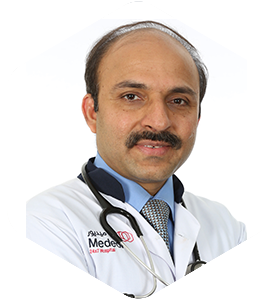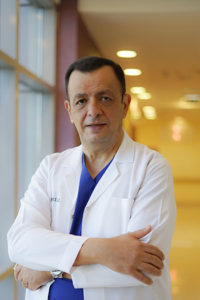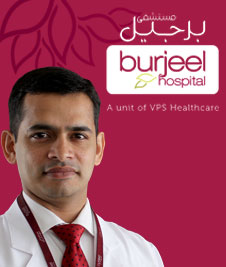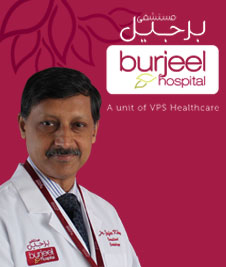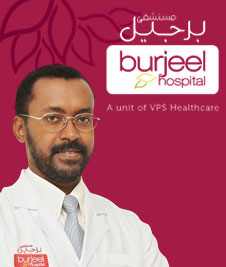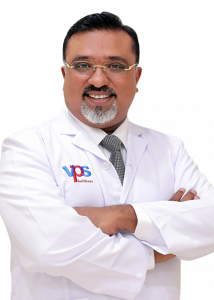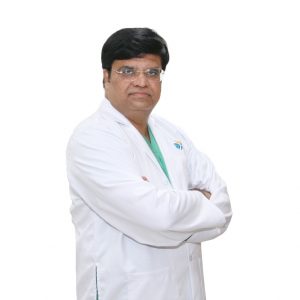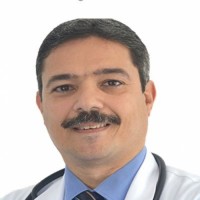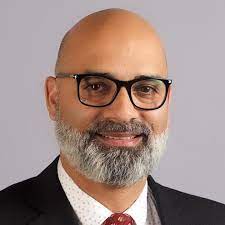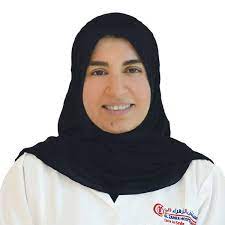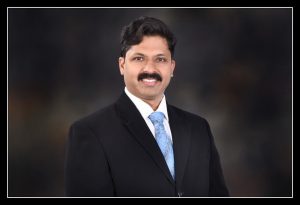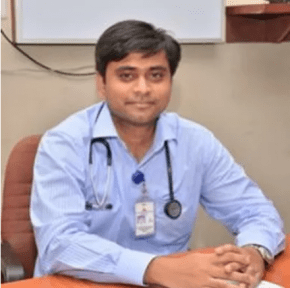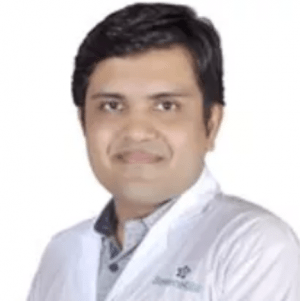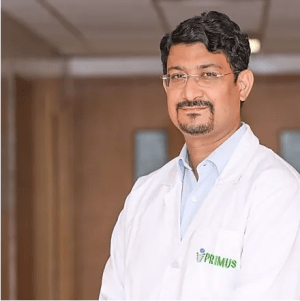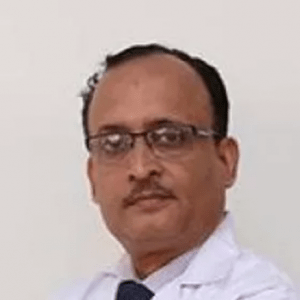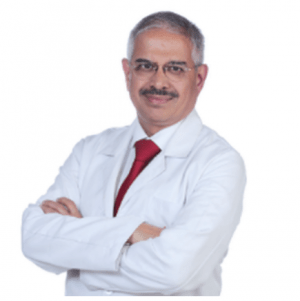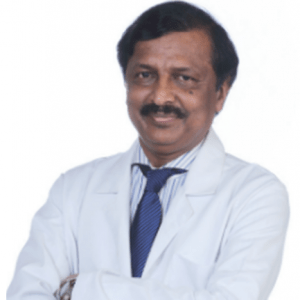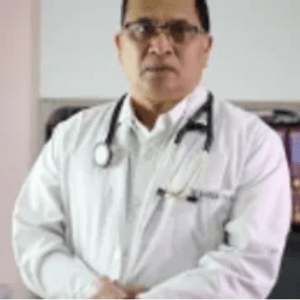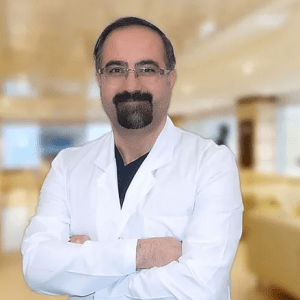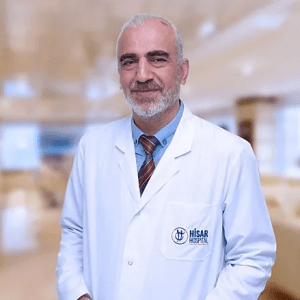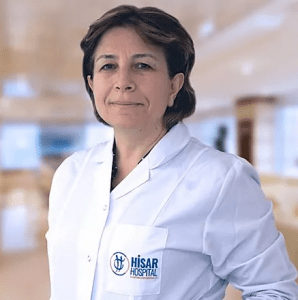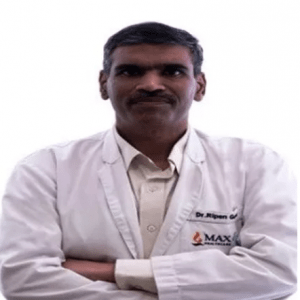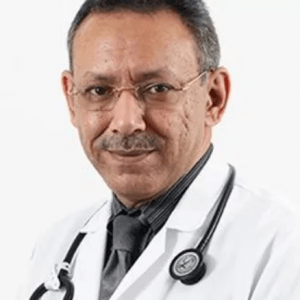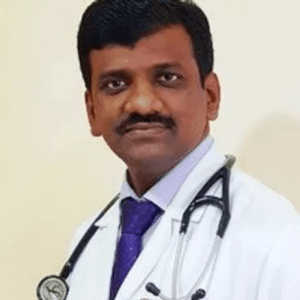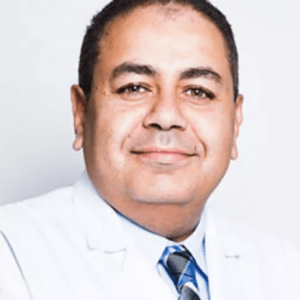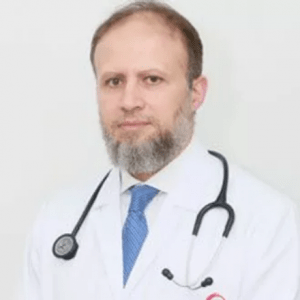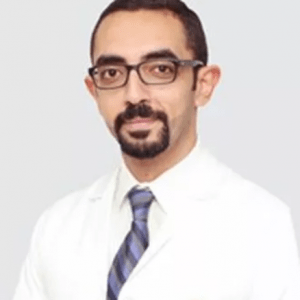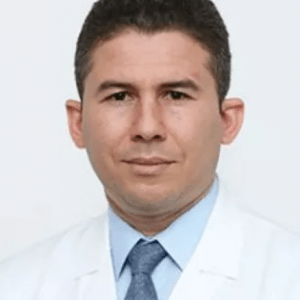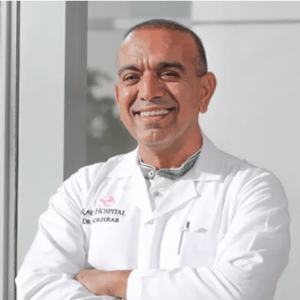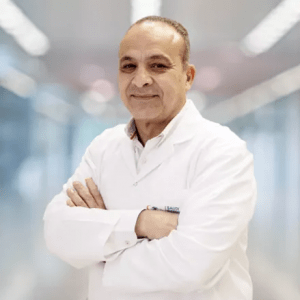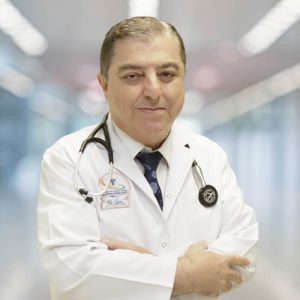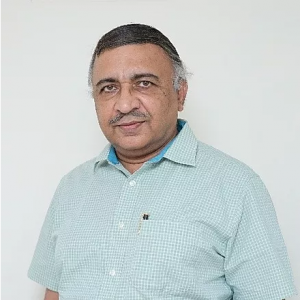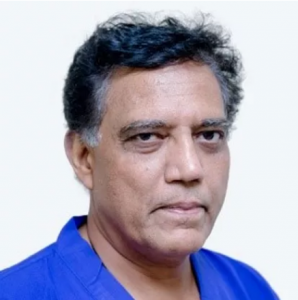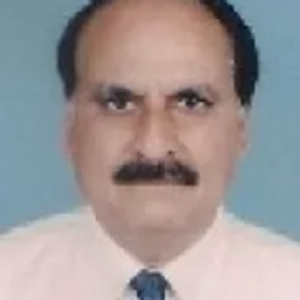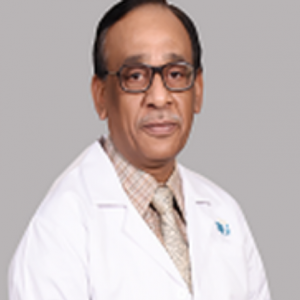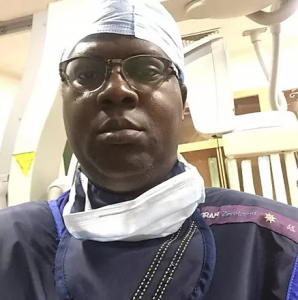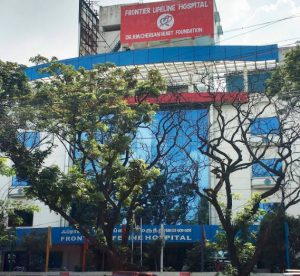Ventricular Septal Defect.
Also commonly referred to as a Hole in the Heart, Ventricular Septal Defect (VSD) is a congenital disorder. Congenital disorders are disorders that are present from birth of a baby. In this case, the baby is born seemingly healthy and is later discovered to have this defect in the heart. The muscular wall separating the […] Read More
Top Doctors For Ventricular Septal Defect. Treatments
Top Hospitals For Ventricular Septal Defect. Treatments
Ventricular Septal Defect.
What Are The Signs And Symptoms Of Ventricular Septal Defect?
- Lack of appetite
- Poor weight gain
- Breathlessness
- Fatigue
- Heart murmur
- Bluish coloration of the lips and fingers
What Causes Ventricular Septal Defect
The cause of VSD is largely unknown but is suspected to be related to changes ongoing during pregnancy. For instance, genetic mutations that impede the complete formation of the ventricular septum will result in a ventricular septal defect. Heart defects generally can also result from things the mother takes at pregnancy like; foods, drinks, medication, et cetera.What Complications Could Arise From Ventricular Septal Defect?
- Endocarditis: This is the inflammation of the endocardium or inner lining of the heart due to an infection. Though uncommon, the presence of a VSD poses a higher chance of developing endocarditis as bacteria is ubiquitous in the mouth especially and can easily flow through the bloodstream into the already present hole in the heart. There is little or no defense at this point.
- Lung problems: Oxygenated blood flows from the left ventricle to the rest of the body. When there is a ventricular septal defect, there is a backflow of blood into the right ventricle and the lungs, thereby overworking the lungs, leading to possible problems affecting the lungs.
- Hypertension and Heart Failure: The heart will exert more energy to pump blood to the body and prevent backflow through the hole. Therefore, the heart becomes overworked, thus triggering hypertension and heart failure.
How Is Ventricular Septal Defect Diagnosed?
Based on the signs and symptoms, there will be a medical history of both the child and the mother. During the routine checkup, the doctor listens to the heartbeat of the child to detect any murmur. At this point, the child is referred to a pediatric cardiologist that specializes in the diagnosis and treatment of heart conditions affecting children. For a definitive diagnosis, the cardiologist will require some tests run.- Chest X-Ray: Using radiation to get a picture of the heart and organs in the chest
- An Electrogram (EKG) to note the heart’s electrical activity
- Echocardiogram: Using sound waves, video images of the heart are taken to view the location, size, and severity of a ventricular septal defect
- Cardiac Catheterization to record the heart’s structures, blood pressure, and oxygen levels
How Is Ventricular Septal Defect Treated?
Different approaches are used depending on the size of the septal defect, the number of holes present, and the severity. Usually, when the hole is small and not severe, it tends to resolve by itself after some time. Patients with medium to large ventricular septal defects that do not resolve themselves are usually placed on medication to aid proper blood circulation, but this does not close the hole. Hence, Heart Surgery or Cardiac Catheterization is the next course.- Heart Surgery
Post-Treatment
The child will remain in the hospital for a few days after, monitoring treatment. After the procedure, the doctor might prescribe some pain killers. Ensure the child takes the prescription as directed by the doctor. It is paramount to monitor the patient after the treatment procedure. Signs to look out for after treatment are:- Breathlessness
- Bluish coloration of the lips or tongue
- An unexplained fever
- Poor appetite
- Increasing pain
- Pus-like discharge from the site of incision
FAQ
- When should you see a doctor?
In an infant, as soon as you notice breathlessness, persistent fatigue, lack of appetite, or bluish coloration of the lips, see a doctor immediately.
- How is Ventricular Septal Defect diagnosed?
Based on symptoms of fatigue, breathlessness, and failure to thrive, the doctor will listen for a heart murmur in suspected cases of VSD. Then, the doctor runs some tests using any of the following to draw a definitive diagnosis: chest x-ray, electrogram, echocardiogram, or cardiac catheterization.
- Does Ventricular Septal Defect resolve by itself?
As the child grows, a small ventricular septal defect can resolve itself. When the hole is large, it would require surgical repair.
- What is the treatment for Ventricular Septal Defect?
The child is placed on medications depending on the severity. These are usually diuretics whose goal is to control the quantity of fluid in circulation and the lungs.
Surgery is another treatment for Ventricular Septal Defect. It could be open-heart surgery or cardiac catheterization.
- How long does Ventricular Septal Defect repair surgery last?
Repair of ventricular septal defect can take from two to several hours. Cardiac catheterization can take about two hours. But open-heart surgery will require several hours for the procedure to be carefully carried out.
- How soon does recovery occur?
You will notice an improvement as soon as treatment is complete. Though the child will stay in the hospital for some days after monitoring treatment, this is standard.
- Can you live normally with a hole in your heart?
Many people live normal lives without realizing the presence of a hole in their hearts. Though, this is highly dependent on the size of the hole. Medium to large-sized holes tends to cause complications and affect the quality of life. Hence, it is necessary to see a cardiologist for repairs to any hole in the heart.
- Can a hole in the heart cause death?
The presence of a hole in the heart can cause some health complications that can range from mild to life-threatening. The extent of damage is dependent on the size of the hole. Larger holes tend to cause more severe complications that eventually lead to death if left unchecked.
- Is it necessary to close a Ventricular Septal Defect?
Medium to large-sized holes needs to be closed to prevent a rise in complications. Very small ventricular septal defects tend to close naturally over time, and some do not increase in size. Based on the discretion of the cardiologist, these do not need to be closed.
- Can Ventricular Septal Defect be cured?
In most cases where surgery is the preferred means of treatment, it cures the defect. The surgery causes the close of the hole and cures the defect and further complications from it.
- Can Ventricular Septal Defect be prevented?
It is a defect that is present from birth. The defect formation occurs during pregnancy, and apart from avoiding alcohol, and some antiseizure medications like; Depakote, and Dilantin, there is no known way of preventing this condition.


